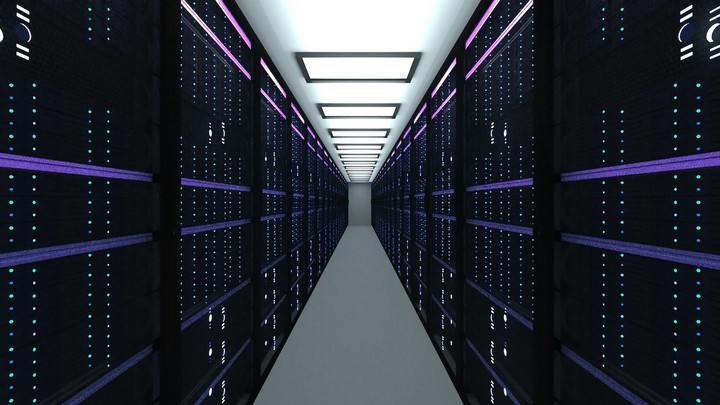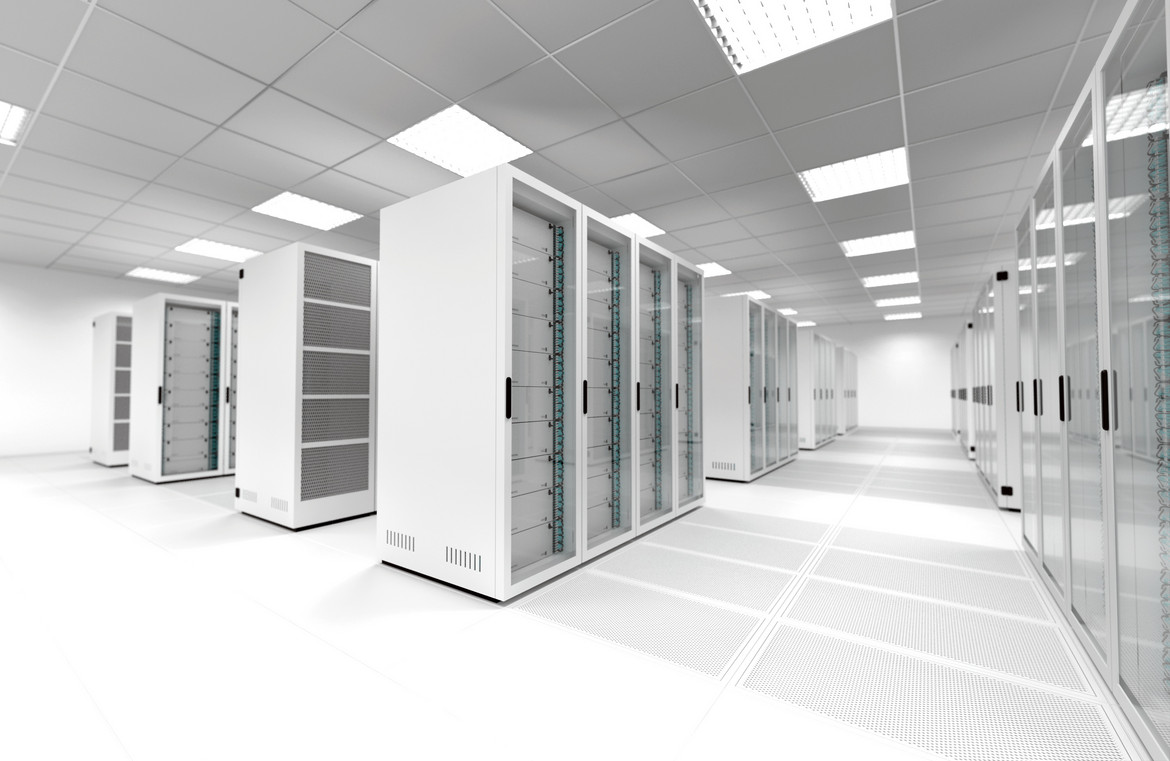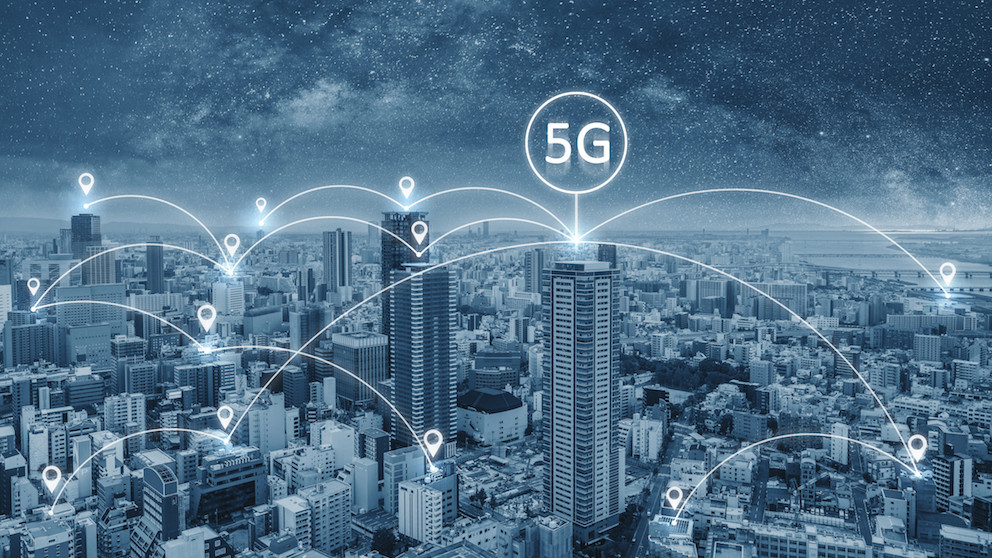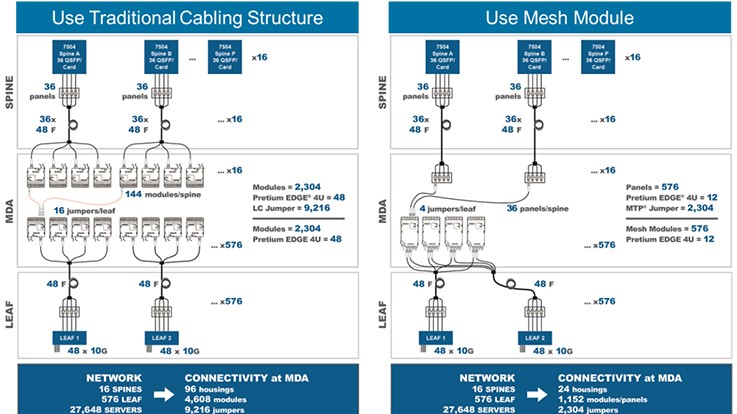Multi-Tenant Data Centers: Managing Data for Less
Lauren Fahey & Tony Robinson from Corning on the benefits of outsourcing data center needs to multi-tenant facilities, & finding the right DC for your needs

© noLimit46 | istockphoto.com
The massive expansion of the Internet of Things (IoT) and its associated technology requirements are putting more and more strain on data centers and, in order to keep up with this demand, many infrastructures need an upgrade. By 2020, about 20.4 billion connected devices are expected to be in use worldwide, a trend that clearly shows that the increase of data captured, processed, and stored in the future will be exponential.
Yet the costs and resources involved in building a data center – not to mention storing and managing that data – are immense. Not only that, but keeping a facility fully optimized while eliminating latency, reducing downtime, and maintaining compliance with ever-evolving standards is quite a challenge as well.
Multi-tenant data centers (MTDC) offer an alternative that helps keep costs down. In an MTDC, also known as a colocation data center, organizations can rent space to host their data. MTDCs provide the space and networking equipment to connect an organization to service providers at a minimal cost. Businesses can rent to meet varying needs – from a server rack to a complete purpose-built module. The scalability of such facilities provides the business benefits of a data center without the high pricetag.

A multi-tenant data center, also known as a colocation data center, is a facility in which organizations can rent space to host their data. Businesses can rent to meet varying needs, from a server rack to a complete purpose-built module. © Corning
The business impact
The costs involved in keeping a data center onsite extends to the wider business: Building and maintaining data storage in-house, managing power, making repairs, ensuring security, and the physical footprint of the data center affect the business beyond these factors alone. Any IT team managing its own data center must constantly be focused on maintaining, upgrading, and ensuring the facility is working at an optimum level at all times. There must also be the capability to expedite work when demand spikes, along with addressing downtime and data loss. This constant focus of managing the data center results in a lack of IT resources dedicated to business strategy. By outsourcing to an MTDC, a business can redeploy capital and resources into critical business initiatives for growth.
100% uptime with full-fiber infrastructure
Reliability is critical. The key challenge is to ensure that the MTDC will allow businesses to access data quickly and at a moment’s notice – it is no easy task to deliver seamless bandwidth capacity for every provision. Examples of overcoming this challenge can be found across the globe. For example, Pier DC is a Tier III certified MTDC in Western Australia. Tier III certification requires 100-percent uptime and multiple distribution paths, meaning there is no downtime for maintenance, repair, or the replacement of equipment. To meet these aspects, Pier DC deployed an all-optical-fiber cabling infrastructure. The high-density preterminated optical solution supports integrated control systems as well as passive optical cabling for customer crossconnects. This enabled Pier DC to provide their customers with the assurance that they will have access to their entrusted data and services at all times, regardless of demand spikes, capacity requirements, and moves, adds, and changes (MACs) that occur during the lifetime of any data center.
A major benefit that makes the investment worthwhile is the longevity of data centers. More and more organizations are looking to outsource their data storage and services. In fact, spend on outsourcing to MTDCs is expected to double by 2022, increasing the current amount of $31.5 billion to $60 billion. As data continues to explode, it continues to be imperative that every data center meets future capacity requirements – and fast.
MTDCs are focused on enabling rapid connections for their customers and providing offerings to meet a range of business, enterprise, and cloud needs. Because of this focus, operators typically undertake a hardware and technology refresh at least every three years. This refresh, combined with the anticipated 10-year lifespan of a data center, is a major business saver in capital expenditure, time, and resources.
Key considerations when looking for an MTDC
One of the most important factors when it comes to looking for an MTDC is locality. The business and the facility should be physically nearby because reducing latency and increasing bandwidth are two of the biggest challenges associated with outsourcing. For example, if businesses outsource to MTDCs in another country, connection speeds drop and cause unnecessary latency, which ultimately can cause customer frustration and loss of business.
From an infrastructure perspective, scalability is key. Scalability within the data center will support simple migration to higher-speed technologies and applications – a vital factor for meeting future bandwidth and transmission speeds that the customer demands. As data continues to generate and technological advancements continue to increase, the need to meet customer demands for zero latency and real-time access to data will as well.
An MTDC facility also provides a range of services and telecommunication carrier options. For example, if an organization delivers services that require high speeds, they can look to outsource just that part of their business. Alternatively, if they solely need storage, then another MTDC facility might better suit their needs. As most businesses have a range of needs that more than one facility can address, it is important not to be restricted by choosing one facility when the best solution might involve multiple.
Finally, network and physical security are important factors in choosing an MTDC facility. If data is outsourced, it must be protected from inappropriate access. For example, facilities with layered security zones would only allow authorized personnel to access certain network areas and physical barriers, like fencing and locks. Monitoring systems can provide an additional layer of security — such as CCTV or other systems that detect emergencies like fires or flooding. Knowing the importance of these factors, it is common for MTDCs to address security as a business imperative.
In addition to the typical hardware and software services, many MTDC providers offer an extensive range of consultative services to ensure the organization complies with mandatory regulations and/or other industry requirements. Even when the customer is educated on and aware of these requirements, the MTDC provider may have dedicated teams of regional, national, and international regulatory compliance personnel whose sole aim is to keep abreast of the latest developments. One example of this service being especially beneficial to customers is in the management of personal data.
For business operators both big and small, taking advantage of the capabilities of massive data is no easy task. Migrating computing needs to an MTDC takes the pain out of data management and reduces operational expenditure. A future-ready MTDC should offer scalability, flexibility, modularity, and stringent SLAs to assure maximum uptime, client peace of mind, and rapid deployments to high-density applications when you need it – fast.
Anthony Robinson has nearly two decades of experience in the structured cabling industry in the distribution, manufacturing, installation and consulting sectors of the markets, working with clients to develop long-standing mutually beneficial strategies and relationships and to provide the highest quality of service and support demanded in today’s challenging environments.
Bringing a wealth of commercial and technical experience he joined Corning in April 2012 to develop and execute Data Center strategies across EMEA with a primary focus of maintaining Corning’s tradition of delivering continuous product and solution innovations in anticipation of their global clients’ needs.
Anthony has been a BICSI Registered Communications Distribution Designer (RCDD) since 2001, a Certified Data Center Design Professional (CDCDP) since 2011 and a Certified Network Installation Design Professional (CNIDP) since 2015
Lauren Fahey has over 10 years of experience in the telecommunications manufacturing industry where she develops, consults and leads critical optical infrastructure deployments. Lauren leverages her network architecture expertise to serve clients most challenging networking issues, which results in improved total cost of ownership and maximizes their critical data center real estate. Currently, Lauren’s focus is on providing the hyperscale market with co-innovation and support of their 400G+ architecture strategy to ensure reduced downtime and simple migration strategies are met. Lauren resides in North Carolina, United States, and is on the Global Datacenter team.
Please note: The opinions expressed in Industry Insights published by dotmagazine are the author’s own and do not reflect the view of the publisher, eco – Association of the Internet Industry.






